A stormy night leads to a surprising discovery
There, curled up in the wet grass, was a tiny baby raccoon, drenched and trembling. His fur clung to his thin frame, and his frightened eyes told a story of confusion and exhaustion. It was immediately clear that this little one, barely old enough to fend for himself, wouldn’t make it through the day without help.
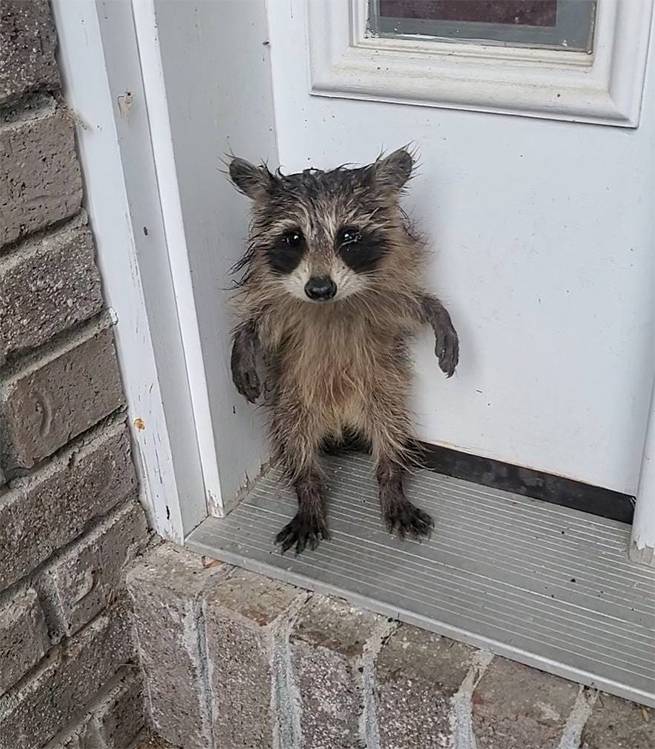
Acting quickly, the homeowner contacted local animal control officer Sarah Byrnes. What followed was a rescue filled with both heartbreak and hope—a testament to compassion and the power of community in saving even the smallest lives.
The rescue that touched hearts
Sarah Byrnes arrived at the scene with a sense of urgency. When she saw the baby raccoon, her heart broke. “The little baby was cold and wet from the rainstorm we had the night before,” Byrnes said. “As soon as I saw him, my heart broke. He was drenched and looked so scared. He was definitely too young to be on his own.”
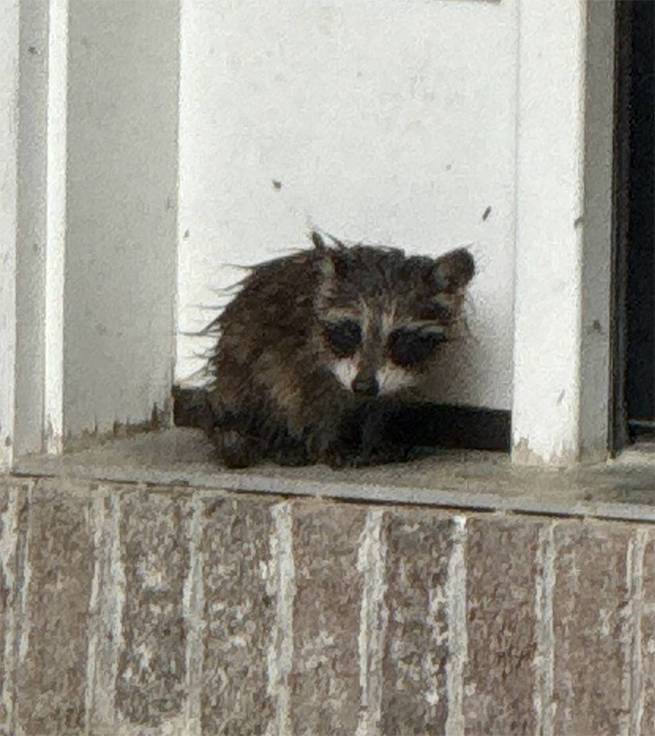
Byrnes slowly approached, speaking softly to calm the terrified raccoon. The encounter, captured on video, shows her gentle voice providing the first comfort the baby had likely felt in hours. She wrapped the small animal in a towel, carefully placed him in a crate, and began warming him up.
But as she scanned the area for signs of a raccoon family, none appeared. The baby was completely alone, separated from his mother during the storm. With no time to waste, Byrnes knew she needed expert help.
Expert care at the Leyden Center for Wildlife Rehabilitation
Byrnes reached out to the Leyden Center for Wildlife Rehabilitation and spoke with its founder, Amelie Dricut-Ziter. After explaining the situation, Dricut-Ziter advised her to bring the baby raccoon to the center immediately.
Despite being cold and wet, the young raccoon—later named Bud—was incredibly lucky. He showed early signs of hypothermia but had no major injuries. Once at the center, he was placed in quarantine to ensure his safety and allow close monitoring by the rehabilitation team.
“He’s doing fine,” Dricut-Ziter said. “He’s eating, drinking, and being a raccoon.” Her reassurance reflected the relief felt by everyone involved. With warmth, care, and proper nutrition, Bud began to recover quickly from his ordeal.
Life among other rescued raccoons
At just over two months old, Bud is still far too young to survive in the wild. For now, he remains under the care of the dedicated staff at the Leyden Center, where nearly two dozen other rescued baby raccoons are also healing and growing. Each one has its own story—many orphaned or displaced by storms, human interference, or accidents.
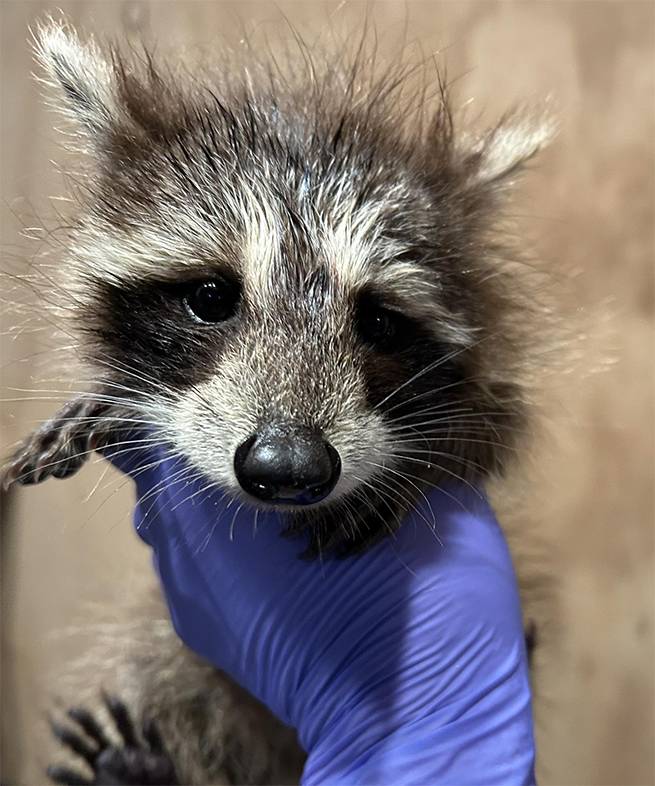
Bud’s days now include play, rest, and plenty of food. His caretakers are preparing him for the next big step: rejoining the wild when he’s strong enough to live independently. “He’s thriving,” Dricut-Ziter shared. “Our goal is always to help them grow into healthy, capable raccoons ready to return to their natural habitat.”
A community effort that saved a life
Bud’s story highlights how a community’s compassion can make all the difference. From the homeowner who took action to the animal control officer who offered comfort, and the wildlife experts who provided care—each played a crucial role in giving this little raccoon a second chance.
The Leyden Center shared updates about Bud’s recovery online, and his story quickly gained attention. “Our latest raccoon, the one from Belchertown, is apparently famous,” the center wrote in a post. “Various news agencies have been asking about him, so you might see him in the news some more. Great job with that Pic, ACO Byrnes! Meanwhile, he is doing well in quarantine!”
Thanks to their efforts, Bud’s story is one of survival, teamwork, and hope. His journey from a cold, lonely night to a safe, warm home serves as a reminder that even the smallest acts of kindness can save a life.
The importance of helping wildlife in need
Rescuing wild animals like Bud requires both compassion and knowledge. Experts emphasize that while it’s natural to want to help, contacting professionals is the best first step. Wildlife rehabilitators have the training to safely handle and care for animals in distress.
If you ever encounter a stranded or injured wild animal, observe from a distance and contact local animal control or a licensed wildlife rescue center. Your quick thinking could mean the difference between life and death for a vulnerable creature.
Bud’s story is just one of many that show how human kindness and professional care can come together to protect wildlife and preserve the balance of nature—even after the fiercest storm.

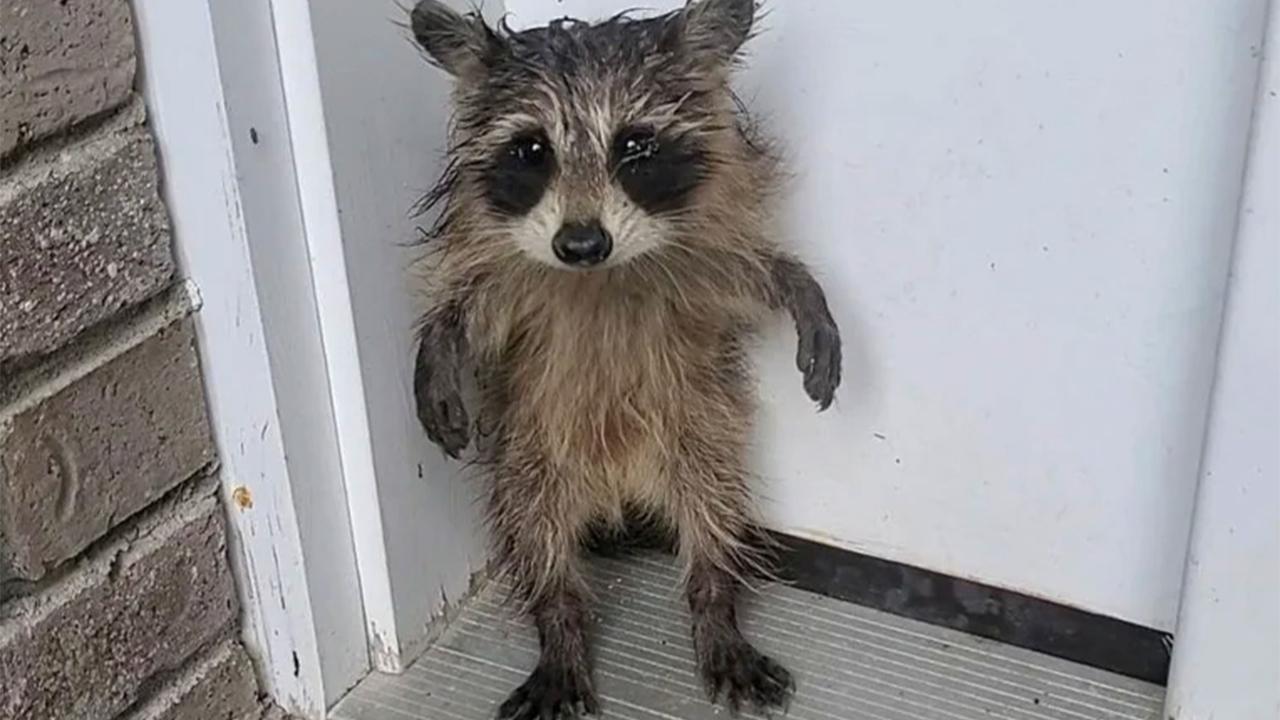


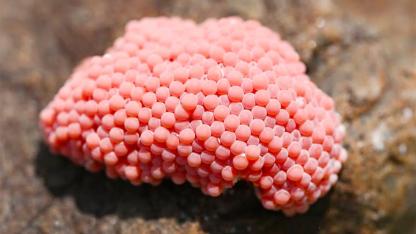



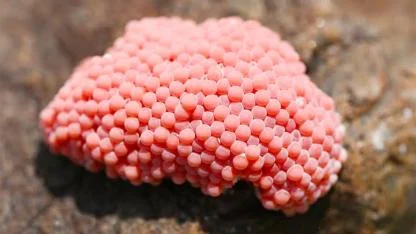


Yorumlar
Kalan Karakter: